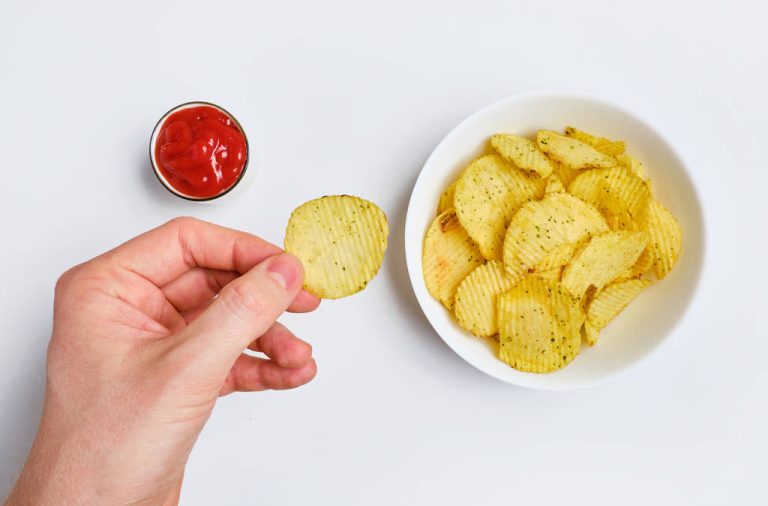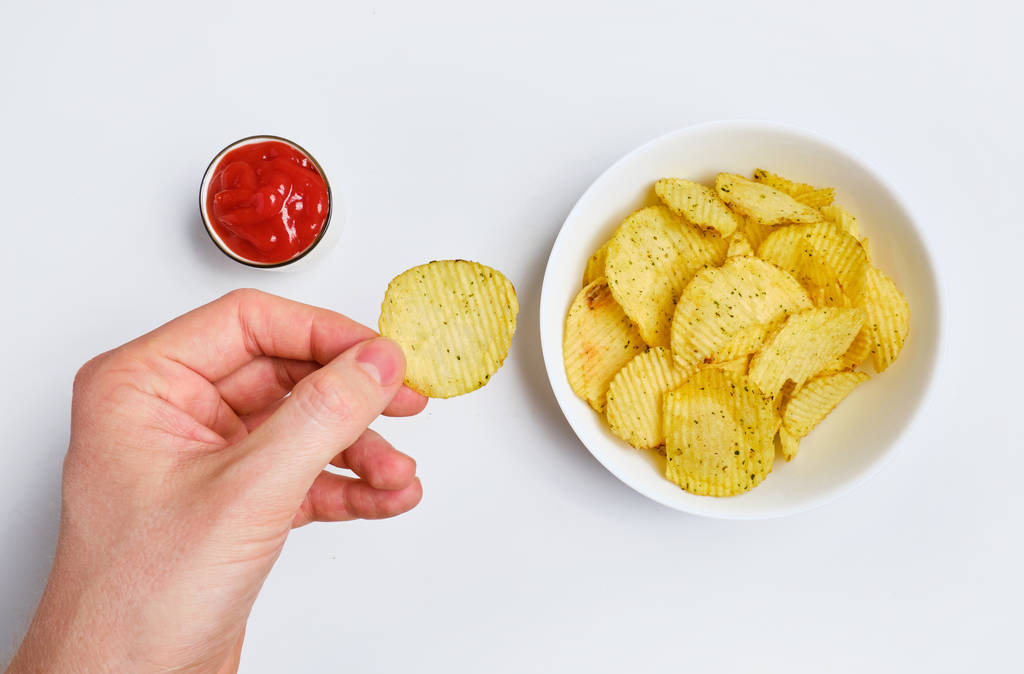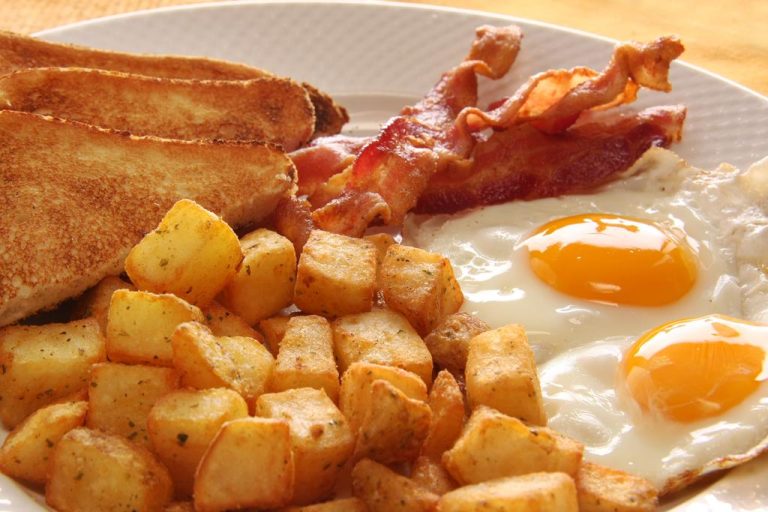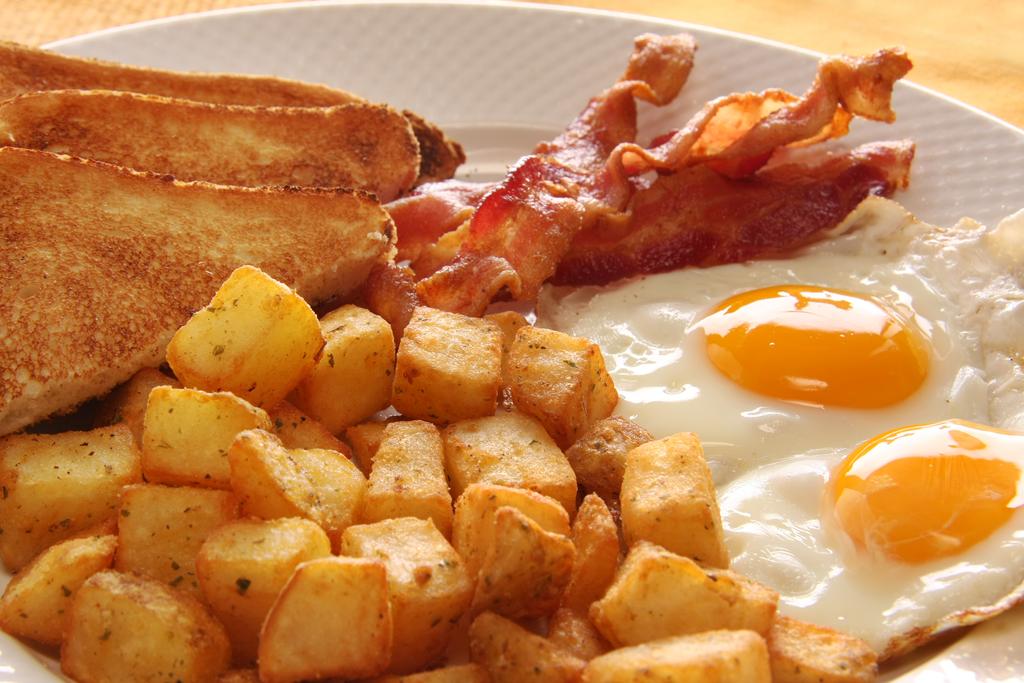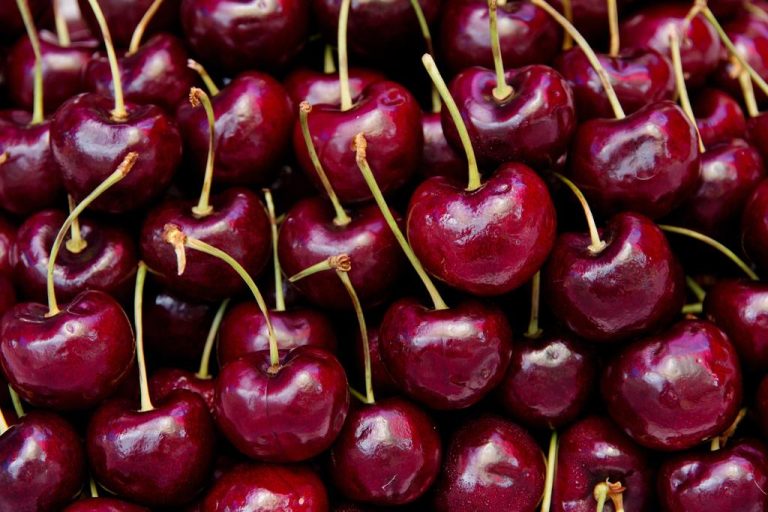It doesn’t matter whether you wash the laundry at 30 or 40 degrees? No – because lower temperatures not only save energy and costs. You also have another advantage. How big is the difference really?
Washing at low temperatures: what about cleanliness?
As far as washing the laundry is concerned, many fall into a certain routine after a while – and then always wash at the usual number of degrees. At first glance, the difference between 30 and 40 degrees sounds very small; after all, it is just 10 degrees more that are generated in your washing machine. However, these 10 degrees are by no means low for the washing machine: it requires almost twice the energy if it has to bring the temperature to a full 40 instead of just 30 degrees.
The worry that the laundry won’t get really clean or isn’t hygienic if you wash it at lower temperatures is usually unfounded. Washing machine technology is so advanced today that laundry can be cleaned at just 20 degrees. A so-called hot wash (a wash cycle that can heat up to 90 degrees) is only necessary in the case of contagious diseases or a special need for hygiene – according to the Stiftung Warentest.
If you want to be on the safe side that the laundry is completely germ-free even at 30 degrees, you should let it dry in the fresh air if possible. Here, the sun kills various germs with the help of UV radiation.
Focus on costs and the environment
When comparing the washing temperatures, it can be seen that there is no noticeable difference in the cleaning effect.
However, if you take a look at power consumption and the environment, you can see some significant differences:
If you normally wash at 60 degrees and now turn it down to 40 degrees, about 50 percent of the electricity costs are saved
If you calculate this down from 60 to 30 degrees, you save as much as 67 percent.
Depending on the electricity provider, you save around 40 euros if you wash about three times a week. It is therefore worth switching to lower temperatures.
You are also doing something good for the environment, as the lower energy consumption and CO2 emissions can only be reduced by washing at lower temperatures; and by up to 35 percent. The Federal Environment Agency recommends: Washing permanently at the lowest possible temperature and only choosing a program at 60 degrees once a month to prevent the growth of germs in the washing machine. For example, bedding or towels should be washed.
Conclusion: washing at low temperatures – so what’s the point?
Unless you have an illness or other reason that makes you forced to do a hot wash, try to do a hot wash only once a month. You don’t lose anything when it comes to cleanliness: Today’s washing machine technology and detergents ensure clean laundry even at low temperatures.
If you wash at low temperatures, this offers advantages for you and the environment. On the one hand you can save money in the long run, on the other hand you also help to reduce CO2 emissions. In summary, there are no disadvantages for you if you wash at low temperatures.
The initial question as to whether it makes a difference to wash laundry at 30 or 40 degrees can therefore be answered in the affirmative. There is no noticeable difference in terms of cleanliness, but all the more so in terms of the environment and the costs involved.








